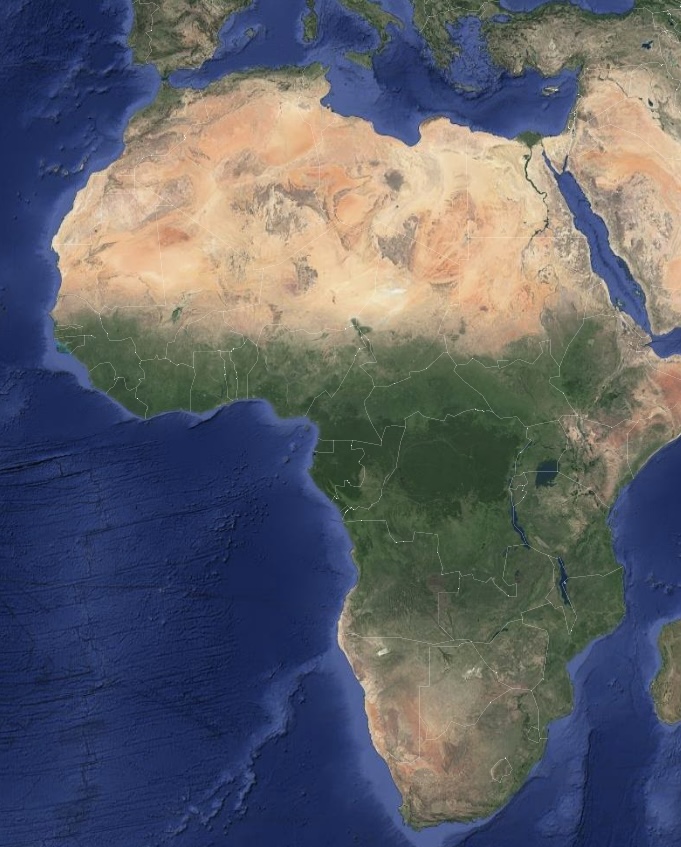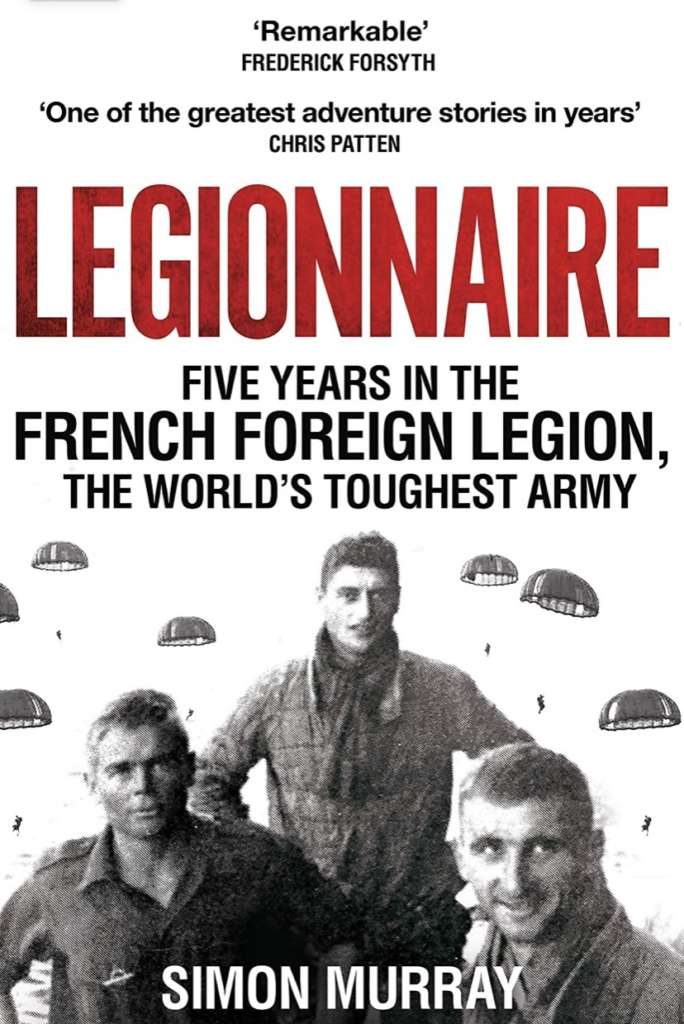
One of the continents I want to visit on Stella Polaris is Africa. I have visited mainly northern Islamic parts of Africa. I lived for awhile in Cairo in Zamalek. I also spent time diving in the Red Sea at Sharm El Sheikh and Dahab which is further north of Sharm El Sheikh.
Wonderful fringing coral reefs skirt the Red Sea coast line. I visited Tunisia on two occasions on my recent visit from Sicily on Black Swan to Bizerte and Sidi Bou Said. I did some work in Dakar West Africa and the music scene was really vibrant and eclectic. The local people like to dress up for these gigs. Guys in smart suits and ties and the ladies in vibrant coloured dresses and head pieces.
Africa is a large continent very misaligned in Western European eyes due to Africans trying migrate to Western European countries to have better life due to poverty and no work.
Really Africa is an unknown continent for me. I realise that many of the awful atrocities which were committed were mainly during and after the African independence from both European and Arab colonisers
I remember the horrendous genocide committed in Rwanda between the two different tribal factions the Tutsi and Hutu. I read a book about the civil war written by a Canadian General in charge of the United Nations peace keeping force, The book was called “Shake Hands with the Devil”.
In the book General Dallaire explains how, after arriving in Kigali in August 1993, he warned the UN high authorities that he lacked sufficient equipment and manpower to carry out his mission. However, a lack of clarity in the UN’s intervention procedures coupled with the international community‘s apparent lack of interest in Rwanda meant that General Dallaire’s calls for help went unanswered. He was powerless to prevent and stop the genocide unfolding in front of him.
Another book I read was Simon Murray who was in French Foreign Legion as young man and was sent to then French Algeria to fight the Algerian separatist NLF or National Liberation Front who was fighting the French colonial rulers.

Simon joined in 1960 signed up for 5 years service and fought for the French in Algeria mainly in the mountains against the NLF. Quite vicious war against the indigenous separatists.
All the European powers which included Britain, France, Italy, Belgium, Portugal and Germany and to lesser extent Holland wanted to hold onto their possessions with all their might. What did they do but got their soldiers to resisted the oppressed!
Portugal had conflicts in both its old colonies of Angola and Mozambique. We Brits had the colony of Rhodesia were ex British soldiers went out to fight with the mainly white Rhodesian forces against the African National Liberation army. The war was fought in the African bush and Rhodesian forces made excursion into Mozambique were fighting there was pretty grim.
One of famous Somali of 1800’s leaders Sayyid Muhammad Abdullah Hassan who fought both the British and the Italian said this;
“ if you wish war I am happy; if you wish peace I am content. But if you wish peace, go away from my country to your own. If you wish war stay where you are.”
This was repeated infinitum in Africa. This is I believe why Western Europeans have negative feelings about Africa.
For me Africa has had such a sad history of warfare and subjugation by the old European and Arab powers. The apartheid by white settlers in the regimes of South Africa and Rhodesia. The abomination of slavery to the America’s that made many European nations extremely wealthy. The Arab slavery of east Africa of both men and women.
The U.K. government was still paying for the emancipation of slave owners of the West Indies and their families until quite recently. Those slaves owners wanted payment for their slaves which cost the British tax payer many millions of pounds with Slave Compensation Act 1837. Payment of bonds didn’t finish until 2015? I wonder what families were being recompense for that until 2015?
https://en.m.wikipedia.org/wiki/Slave_Compensation_Act_1837
Quite illuminating really and hard to believe for its sheer effrontery to mankind!
However on much more cheerful note you had amazing individuals who helped on the wild life front with Jane Goodall chimpanzees and Dian Fossey mountain gorillas of the Congo mountains. Never forgot the wonderful English couple Joy and George Adamson who were made famous with Elisa the Lioness which was an orphan they brought up. With the film Born Free which got wide acclaim from Joys book called Born Free. However that said they’re white people in black peopled nation.
Back in the early 1960’s UNESCO United Nations Education Science Cultural Organisation. The wrote several volumes of the General History of Africa going back before colonisation. It’s fascinating history of the ancient African people and their cultures.
Zeinab Badawi through the BBC presented a wonderful TV series of 20 45 minute episodes based upon the UNESCO books of General History of Africa. Zeinab is African herself and she’s from Khartoum in Sudan. She’s a fluent Arabic and French speaker. Ideally suited to present this wonderful series.
There are 54 nations in Africa one of the largest for population is Nigeria. The topography is extremely varied in the north deserts, great African Rift Valley with many volcanoes the jungles of mid African continents and the bush lands. Wildlife reserved
Africa has an abundance of wild life, races of people and variety of different languages. Africa has eight major physical regions: the Sahara, the Sahel, the Ethiopian Highlands, the savanna, the Swahili Coast, the rain forest, the African Great Lakes, and Southern Africa.
Some of these regions cover large bands of the continent, such as the Sahara and Sahel, while others are isolated areas, such as the Ethiopian Highlands and the Great Lakes. Each of these regions has unique animal and plant communities.
The Sahara is the worlds largest hot desert, covering 8.5 million square kilometers (3.3 million square miles), about the size of the South American country of Brazil. Defining Africa’s northern bulge, the Sahara makes up 25 percent of the continent.
Sahel
The Sahel is a narrow band of semi-arid land that forms a transition zone between the Sahara to the north and the savannas to the south. It is made up of flat, barren plains that stretch roughly 5,400 kilometers (3,300 miles) across Africa, from Senegal to Sudan.
The Sahel contains the fertile delta of the Niger, one of Africas longest rivers. Unfortunately, the Sahels fertile land is rapidly becoming desert as a result of drought, deforestation, and intensive agriculture. This process is known as desertification.
Ethiopian Highlands
The Ethiopian Highlands began to rise 75 million years ago, as magma from Earths mantle uplifted a broad dome of ancient rock. This dome was later split as Africa’s continental crust pulled apart, creating the Great Rift Valley system. Today, this valley cuts through the Ethiopian Highlands from the southwest to the northeast. The Ethiopian Highlands are home to 80 percent of Africas tallest mountains.
Savanna
Savannas, or grasslands, cover almost half of Africa, more than 13 million square kilometers (5 million square miles). These grasslands make up most of central Africa, beginning south of the Sahara and the Sahel and ending north of the continents southern tip.
Among Africas many savanna regions, the Serengeti (or Serengeti Plains) is the most well-known. The Serengeti is a vast, undulating plain that stretches 30,000 square kilometers (11,583 square miles) from Kenya’s Maasai-Mara game reserve to Tanzania’s Serengeti National Park.
Swahili Coast
The Swahili Coast stretches about 1,610 kilometers (1,000 miles) along the Indian Ocean, from Somalia to Mozambique. The nearby coral reefs and barrier islands protect the coast from severe weather.
Rain Forest
Most of Africas native rain forest has been destroyed by development, agriculture, and forestry. Today, 80 percent of Africas rain forest is concentrated in central Africa, along the Congo River basin.
African Great Lakes
The Great Lakes are located in nine countries that surround the Great Rift Valley. As the African continent separated from Saudi Arabia, large, deep cracks were created in the Earths surface. These cracks were later filled with water. This geologic process created some of the largest and deepest lakes in the world.
There are seven major African Great Lakes: Lake Albert, Lake Edward, Lake Kivu, Lake Malawi, Lake Tanganyika, Lake Turkana, and Lake Victoria. Lake Victoria, the largest lake in Africa, is the southern source of the Nile River, the longest river in the world.
Southern Africa
The region of Southern Africa is dominated by the Kaapvaal craton, a shelf of bedrock that is more than 2.6 billion years old. Rocky features of Southern Africa include plateaus and mountains, such as the Drakensberg range.
Wildlife
This a list of wildlife and endangered species in Africa.
https://www.awf.org/wildlife-conservation/all
I plan to sail around Africa on my circumnavigation. I know many of the harbours certainly don’t cater for yachtsmen so I’ll be doing lots of anchoring as opposed to going into marinas like we do in European waters.
I will check on my holding gear make sure it’s all up to stretch and I’ll have to look at detail on winds depth of waters for when I decide to make land fall. This will be part of the adventure really. To make my own sketch maps of anchorage on my journey around Africa coastline.